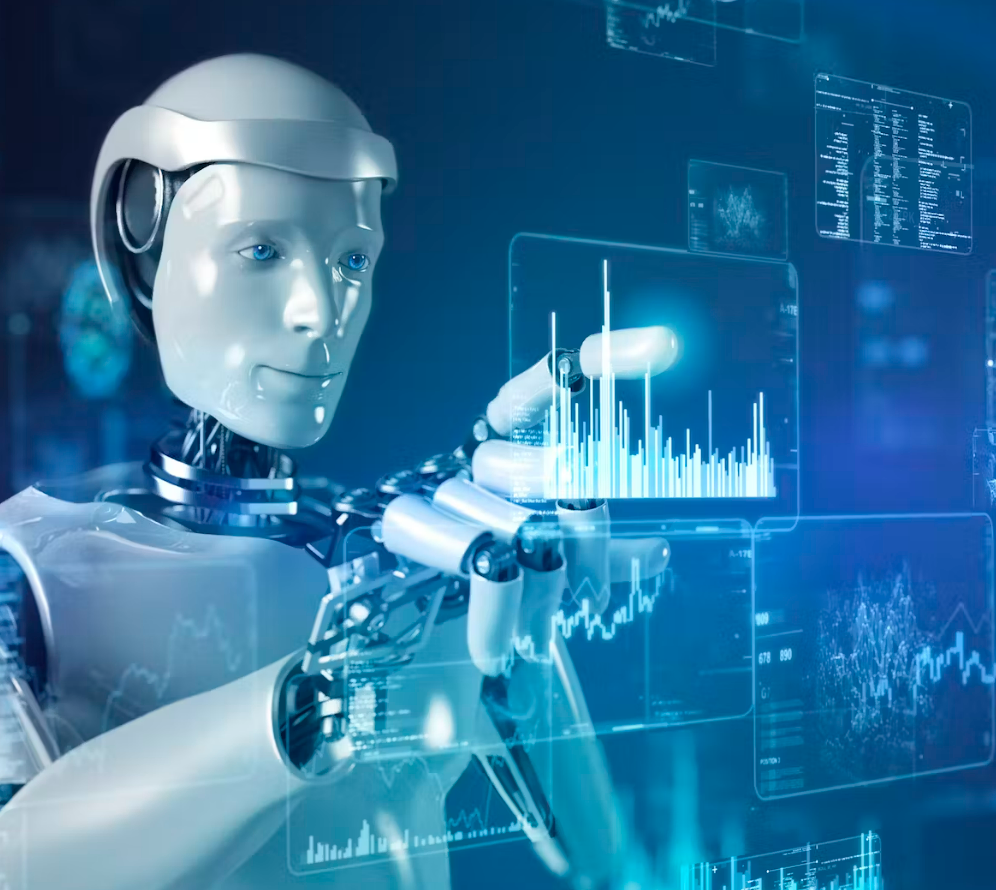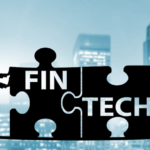
Cybersecurity is an ever-evolving field that underpins every aspect of our digital lives. The growth and expansion of the digital world have been exponential, and with the advent of Web 3.0 and the integration of Artificial Intelligence (AI), the importance of cybersecurity has never been more profound. In this article, we will explore the significance of cybersecurity in the Web 3.0 era, the role of AI, trends to watch, and what to expect next in this realm.
Cybersecurity in the Web 3.0 Era:
Web 3.0, often referred to as the semantic web, promises a smarter, more connected, and more personalized internet. It is an era characterized by machine-readable information, extensive data sharing, interoperability, and advanced technologies like AI, blockchain, and Internet of Things (IoT). However, these advancements also carry substantial cybersecurity risks.
With the increasing volume and complexity of data exchanges, hackers have more opportunities to exploit vulnerabilities. The decentralized nature of Web 3.0 and its reliance on blockchain technology introduces new security challenges. Smart contracts, for instance, can contain vulnerabilities that can be exploited if not designed and implemented correctly. Additionally, IoT devices, a key component of Web 3.0, are often targets for cyberattacks due to their weak security measures.
The Role of AI in Cybersecurity:
AI offers a powerful tool in the fight against cyber threats in the Web 3.0 era. Machine learning algorithms can analyze vast amounts of data to detect unusual patterns or behaviors that may signal a cyberattack. AI can automate the detection and response to threats, reducing the time it takes to mitigate them. However, AI is not without its risks. Sophisticated cybercriminals can leverage AI to launch more potent attacks, creating a cybersecurity arms race.
Trends to Watch:
- AI-Driven Cyberattacks: As AI becomes more accessible, we can expect an increase in AI-driven cyberattacks. These attacks will be more sophisticated, harder to detect, and more potent than traditional attacks.
- Decentralized Identity and Privacy: With Web 3.0’s emphasis on user control and privacy, decentralized identity solutions are expected to become more prevalent. However, they also introduce new security considerations and potential attack vectors.
- Quantum Computing: Quantum computing poses a significant threat to current cryptographic systems. As we approach the era of quantum supremacy, the need for quantum-resistant cryptography grows.
- Supply Chain Attacks: With the interconnected nature of Web 3.0, supply chain attacks – where hackers target less-secure elements of the network to compromise the whole – will likely increase.
What to Expect Next:
The future of cybersecurity in the Web 3.0 era will be characterized by a continuous struggle between security professionals and cybercriminals. As AI, quantum computing, and other advanced technologies become more widespread, we can expect cybersecurity strategies to evolve accordingly.
We may see the development of more robust and intelligent AI security systems, capable of not just detecting but predicting and preventing threats. Quantum-resistant cryptographic systems will likely become the norm as the threat of quantum computing becomes a reality.
Moreover, with the rise of Web 3.0 technologies like blockchain, we can expect to see new security protocols and standards designed to protect these systems. Regulatory frameworks will likely need to adapt to these changes, placing more emphasis on data protection, privacy, and cybersecurity.
In summary, Cybersecurity is a critical concern in the Web 3.0 era. The proliferation of AI and other advanced technologies brings with it new threats and challenges. By understanding these threats and staying abreast of the latest cybersecurity trends, businesses and individuals can better




